Growth of the Construction Sector
The growth of the construction sector is a significant driver of the Commercial Air Conditioner Market. As new commercial buildings are constructed, the demand for efficient and reliable air conditioning systems is on the rise. The expansion of urban areas and the development of infrastructure projects are contributing to this trend. According to industry reports, the construction sector is projected to grow at a steady rate, leading to increased investments in HVAC systems. Additionally, the trend towards sustainable building practices is prompting developers to incorporate energy-efficient air conditioning solutions in their projects. This alignment with modern construction practices is likely to bolster the demand for commercial air conditioners, thereby enhancing the growth trajectory of the Commercial Air Conditioner Market.
Rising Demand for Energy Efficiency
The increasing emphasis on energy efficiency is a pivotal driver in the Commercial Air Conditioner Market. As businesses seek to reduce operational costs and comply with stringent environmental regulations, energy-efficient air conditioning systems are becoming essential. According to recent data, energy-efficient models can reduce energy consumption by up to 30 percent compared to traditional units. This shift not only lowers utility bills but also contributes to sustainability goals, making energy-efficient air conditioners a preferred choice for commercial establishments. The market is witnessing a surge in demand for systems that utilize advanced technologies, such as variable refrigerant flow and inverter-driven compressors, which enhance efficiency. Consequently, manufacturers are focusing on developing innovative solutions that align with these energy-saving trends, thereby driving growth in the Commercial Air Conditioner Market.
Increased Focus on Indoor Air Quality
The heightened awareness of indoor air quality (IAQ) is significantly influencing the Commercial Air Conditioner Market. With growing concerns about health and well-being, businesses are investing in air conditioning systems that not only cool but also purify the air. Enhanced filtration systems and UV light technology are being integrated into commercial air conditioners to eliminate pollutants and pathogens. Research indicates that improved IAQ can lead to increased productivity and reduced absenteeism among employees. As a result, companies are more inclined to invest in advanced air conditioning solutions that ensure a healthier indoor environment. This trend is likely to drive the demand for innovative air conditioning systems, thereby contributing to the expansion of the Commercial Air Conditioner Market.
Technological Advancements in HVAC Systems
Technological advancements play a crucial role in shaping the Commercial Air Conditioner Market. The integration of smart technologies, such as IoT-enabled systems and advanced control algorithms, is revolutionizing how air conditioning systems operate. These innovations allow for real-time monitoring and optimization of energy usage, leading to enhanced performance and reduced costs. For instance, smart thermostats can adjust settings based on occupancy patterns, which can lead to energy savings of approximately 10 to 15 percent. Furthermore, the development of eco-friendly refrigerants is addressing environmental concerns associated with traditional cooling agents. As businesses increasingly prioritize technology-driven solutions, the demand for advanced HVAC systems is expected to rise, propelling the growth of the Commercial Air Conditioner Market.
Regulatory Compliance and Environmental Standards
Regulatory compliance and adherence to environmental standards are becoming increasingly critical in the Commercial Air Conditioner Market. Governments worldwide are implementing stringent regulations aimed at reducing greenhouse gas emissions and promoting energy efficiency. These regulations compel businesses to upgrade their air conditioning systems to meet new standards, thereby driving market growth. For instance, the introduction of minimum efficiency standards has led to a shift towards high-efficiency models. Companies that fail to comply with these regulations may face penalties, further incentivizing the adoption of compliant systems. As a result, manufacturers are focusing on developing products that not only meet but exceed regulatory requirements, fostering innovation and competitiveness in the Commercial Air Conditioner Market.


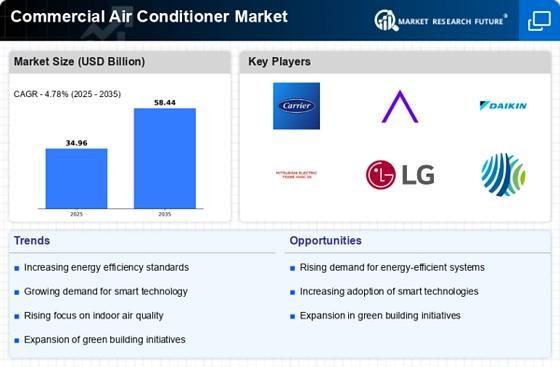
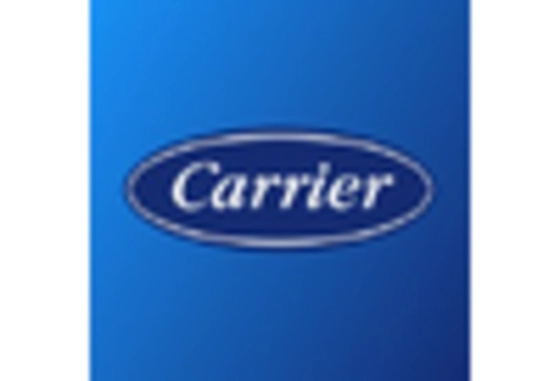
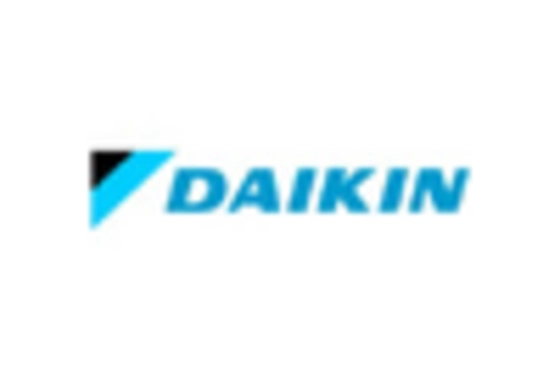

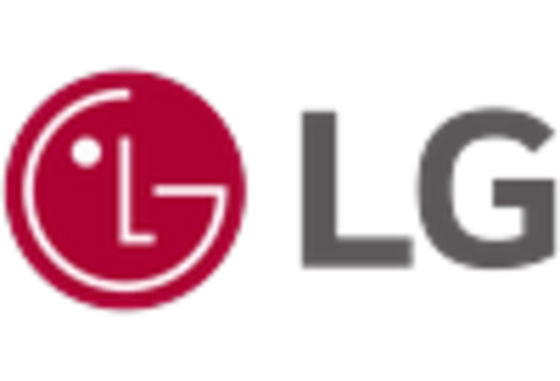
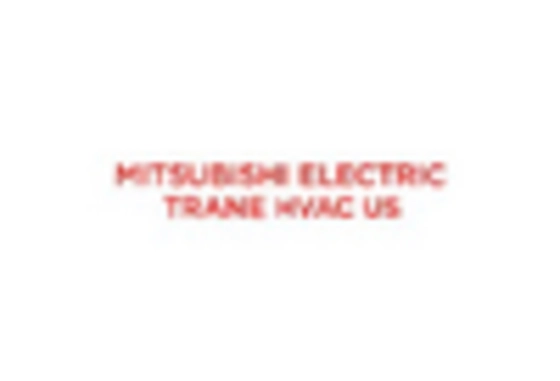









Leave a Comment